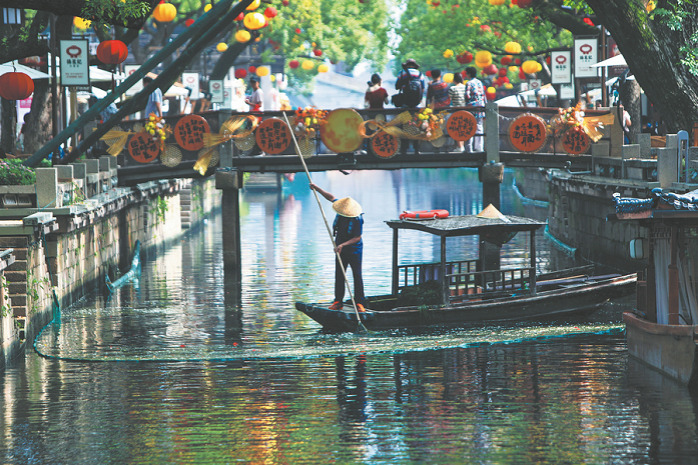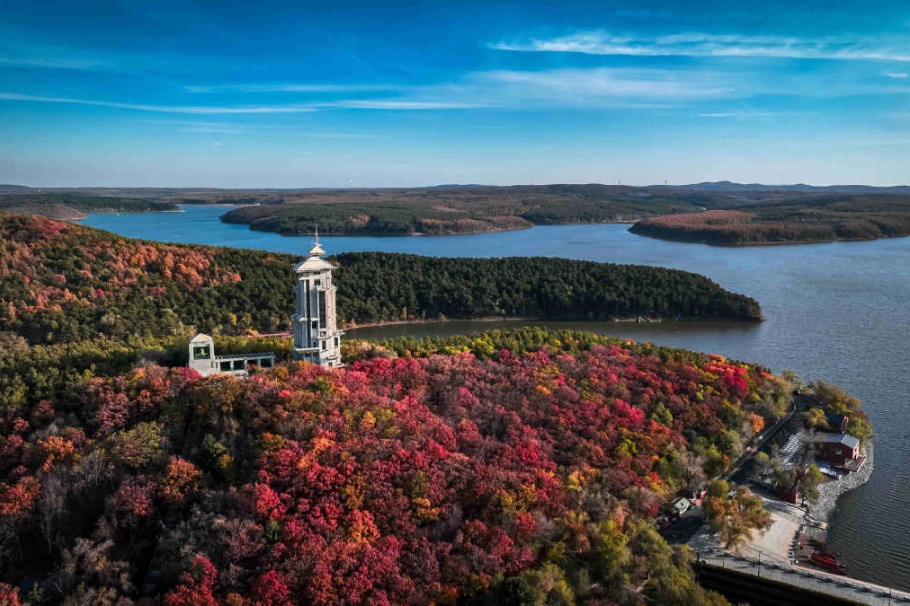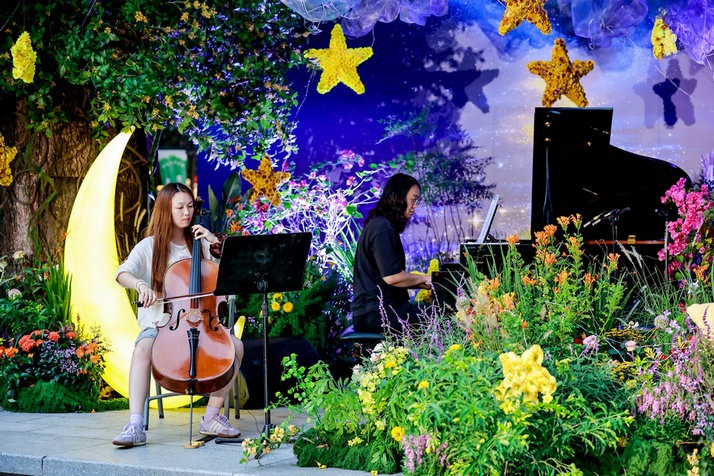Kashgar cashing in on tourism boom
Hordes of visitors experiencing Uygur culture in well-preserved ancient city


Residents of Kashgar, Xinjiang Uygur autonomous region, said a recent boom in tourism in the ancient city has cast a spotlight on its Uygur population and local culture, which has been well preserved there.
In the center of Kashgar, which is more than 2,000 years old, visitors can discover the charm of the city in sunshine or moonlight, said native Kadeer Memetmin.
"Some people may prefer to see the city when it's bustling with activity during the day, while others may enjoy strolling around the alleyways and seeing the beauty of the traditional architecture when it gets quiet at night," the 40-year-old said.
Walking through the maze-like neighborhood, tourists find local people making traditional Uygur food, pottery, copper ware and musical instruments. Many of the techniques used in the cooking and crafting of local foods and goods have been listed as intangible cultural heritages at various levels, he said.
"The traditional lifestyle, which has been passed on from one generation to the next, has been preserved well in the ancient city," said Kadeer, whose family has lived in Kashgar for four generations. "It's a great opportunity for the visitors to directly communicate with the craftsmen and learn more about the traditional culture of Kashgar and the richness of its history."

The ancient city contains one of the largest collections of earthen buildings in the world. Boasting a rich Uygur culture, it is home to nearly 40,000 people.
In 2010, a major renovation project was launched as the city sought to raze dilapidated, makeshift buildings that posed significant safety hazards. Builders made sure to remodel homes while keeping their traditional Uygur characteristics, and the project was completed in 2017. "Every family decorates their houses with elaborate wood carvings, iron art and intricate brick tile decorations. And we also love to plant flowers and trees around our houses. I really hope the visitors can feel our passion for life through those details," said Kadeer, adding that residents of the city have been living safer and more comfortable lives since the renovations were completed.
"More importantly, local craftsmen can work in workshops with improved infrastructure, which has helped to better preserve the local cultural heritages," Kadeer said.
The renovations have also made the ancient city more suitable for travelers, and it has since become one of the most popular tourist destinations in Xinjiang. Official data shows that Kashgar welcomed over 13 million visitors last year, and it saw 2.1 million visitors in the first quarter of this year, a whopping 424 percent year-on-year increase.
Resident Ametjan Memet said he enjoys singing classic Uygur songs at a traditional tea house near his home, often drawing large crowds of tourists.
"The number of tourists in the city has significantly increased in recent years, especially in the summer season," he said. "And what makes me happy is that they've shown great interest in Uygur music and instruments."

Mawlan Turak was among the first people to cash in on the thriving tourism industry. He runs a small business selling custom-made clothing and jewelry that he designs himself combining traditional Uygur and modern styles. He also rents them to tourists for photo shoots. Mawlan welcomed the tourism boom, but also expressed concern about the potential oversaturation of businesses.
"While tourism can bring prosperity and recognition, it also presents challenges, including excessive commercialization," the fashion designer said. "There has been a surge in the number of stores offering photo-shooting services in the ancient city over the past few years. Everyone doing a similar business could diminish their collective opportunities for success."
Mawlan said he hopes a new regulation aimed at protecting the culture and buildings in Kashgar will encourage residents and business owners to preserve traditions as tourists continue to pour in. "The adoption of the regulation is really necessary and visionary," he said.
The regulation, which took effect on May 1, forbids the demolition of or damage to historical architecture in the ancient city while stipulating that any reconstruction of buildings must receive official approval. It also encourages residents to take part in preservation activities and showcase local culture.
Furthermore, it explicitly cautions against disorderly competition and excessive commercialization. It specifies that business activities must comply with the overall commercial layout and be subject to proper control and management.
Changes have already taken place since the regulation took effect, as many unauthorized renovation projects have been halted, Kadeer said.
"I hope all business owners and visitors will love the ancient city and respect the local culture like the residents do," he said. "The preservation of the ancient city is up to everyone."

































